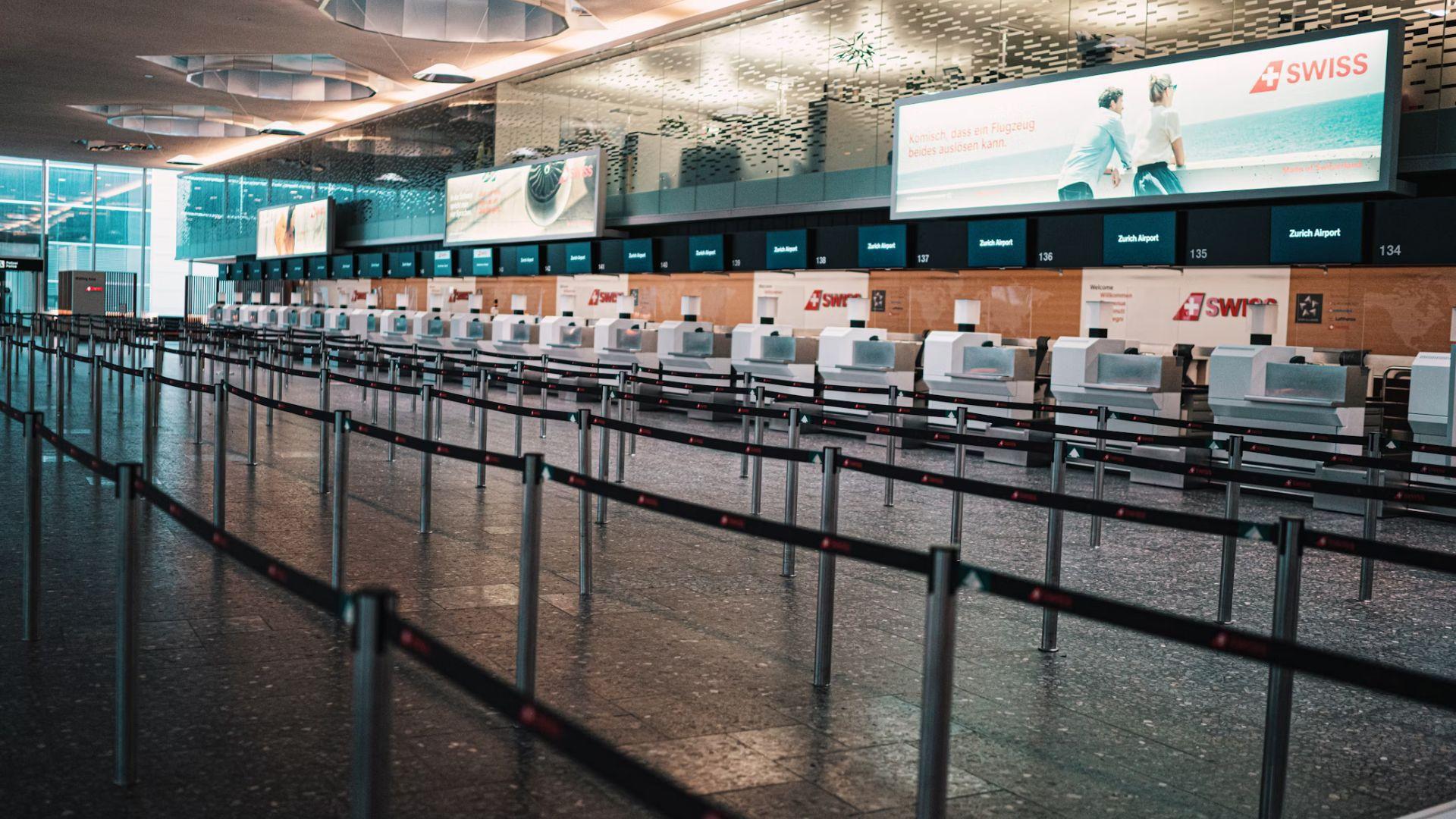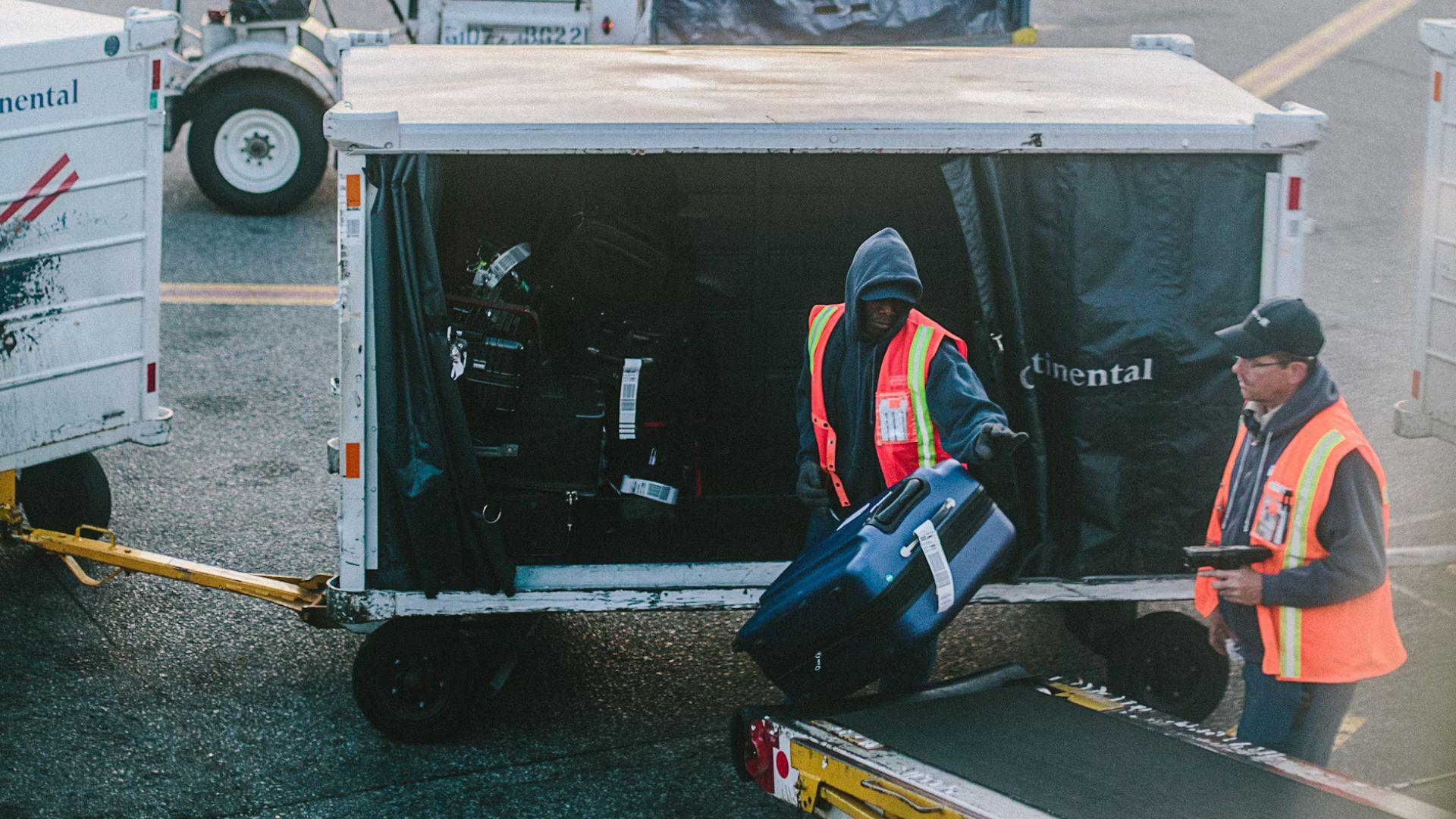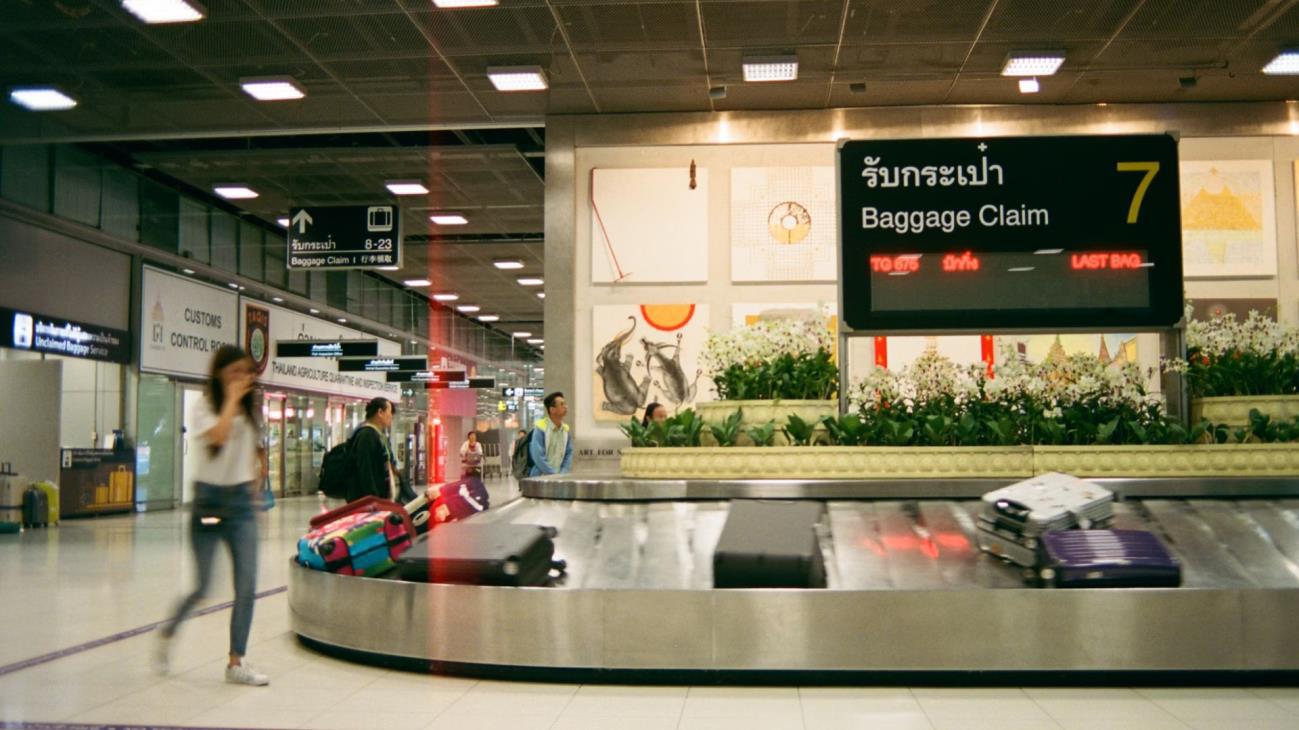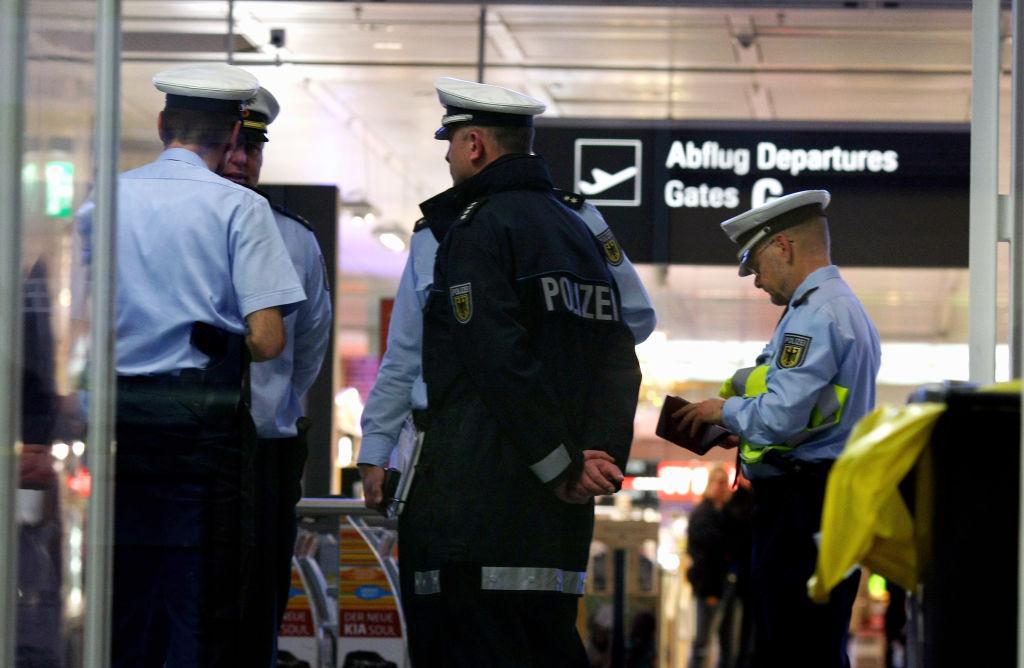Smugglers Melted and Spray-Painted $10M Worth of Solid Gold to Look Like Compressor Parts and Almost Got Away With It
Imagine stumbling upon a treasure trove hidden in plain sight. That’s precisely what happened at Hong Kong International Airport late March, when customs discovered an ingenious attempt to smuggle $10M worth of gold. Masked as mundane compressor parts, this gold was not set for any ordinary destination but bound for Tokyo.
The smugglers nearly pulled off a heist that would’ve been lauded for its creativity had it not been for the astute observations of customs agents. This was no ordinary cargo — it was a daring blend of audacity and ingenuity.
The Perfect Plan
In what could be described as a plot straight out of a crime thriller, smugglers decided to transport 320 lbs of gold by melding it into the shapes of air compressor parts. Bound for Tokyo on March 27, the gold was ingeniously disguised, aiming to pass through customs unnoticed, according to a customs announcement.

Source: Daian Gan/Pexels
The choice of concealment was a calculated decision to blend in with the industrial and mining equipment that frequently moves through airports.
The Discovery
Suspicion arose when customs agents at Hong Kong International Airport decided to run two air compressors through a security X-ray. Weighing in at a hefty 1,708 lbs, something didn’t quite add up.

Source: Claudio Schwarz/Unsplash
The images revealed inconsistencies typical of the aluminum or iron components expected in such machinery. It was this first clue that peeled the initial layer off a complex smuggling operation.
Craftsmanship and Camouflage
Upon further inspection, what was revealed was nothing short of astonishing. Solid gold, shaped to mimic compressor parts, lay hidden beneath a layer of silver spray paint.

Source: Pixelshot/Canva
The effort to camouflage this precious metal demonstrated a high level of craftsmanship. The smugglers had painstakingly molded the gold into intricate parts, hoping to deceive the eyes of even the most vigilant customs officials.
The Telltale Signs
According to the South China Morning Post, technicians noticed oddities upon removing the motor casing — parts wrapped in a cord wheel, bound with tape, far from resembling any normal motor.

Source: Calle Macarone/Unsplash
Traces of glue and an unusual malleability hinted at something more precious beneath. When the silver paint was scraped away, flecks of gold gleamed back, unveiling the truth behind the elaborate facade.
Cracking the Case
The meticulous scrutiny of customs agents turned up more than just incongruences in manufacturing. The sheer weight and composition of the materials were out of place for air compressor parts.

Source: rcphotostock/Canva
The discovery took a combination of intuition and expertise leading to a significant find.
The Smugglers' Mistake
The smugglers’ ambition was their undoing. Aiming to evade Japan’s precious metals tariff and save approximately $1.07 million, they overlooked one critical detail — their choice of disguise.

Source: Rach Teo/Unsplash
Silver spray paint might have masked the gold to a cursory glance, but it was not enough to fool the trained eyes of customs officials, leading to the unraveling of their plan.
A Hefty Price to Pay
The operation’s fallout was swift. On April 3, authorities arrested the director of a local company listed as the consignor of the shipment, revealing a possible shell company designed for smuggling.

Source: rawpixel
Facing charges under Hong Kong’s Import and Export Ordinance, the operation exposed the risks smugglers are willing to take — and the steep penalties they face if caught.
The Investigation Continues
With the suspect released on bail, the investigation into this audacious smuggling attempt marches on.

Source: Alexander Hassenstein/Getty Images
This case marks Hong Kong Customs’ largest ever in terms of gold value (via CNBC), underlining the persistent and evolving threat of smuggling operations that authorities must vigilantly counter.
Not Just Another Cargo
This incident serves as a reminder of the lengths to which smugglers will go to move illicit goods across borders.

Source: Anete Lūsiņa/Unsplash
It’s a world where creativity meets criminal intent, challenging customs and law enforcement to remain ever-vigilant and adaptable in their strategies to detect and deter such activities.
A Message to Smugglers
The successful interception of this smuggling attempt sends a clear message: innovative and relentless, customs authorities are equipped to uncover even the most cleverly disguised schemes.

Source: Michal Parzuchowski/Unsplash
It showcases the ongoing battle between smuggling operations and the law, with high stakes on both sides.
The Bigger Picture
Beyond the immediate drama and intrigue, this story highlights the broader challenges of global customs enforcement.

Briana Tozour/Unsplash
In a world where smuggling methods are constantly evolving, the importance of vigilance, innovation, and international cooperation has never been more crucial. This case is a vivid reminder of the ongoing effort to protect national borders and economies from illicit activities.
